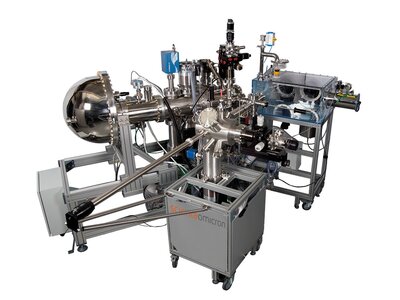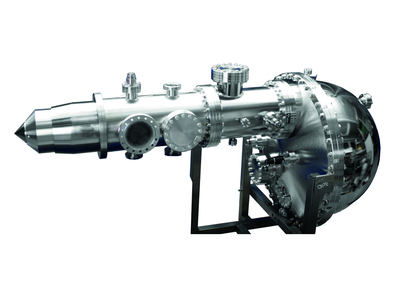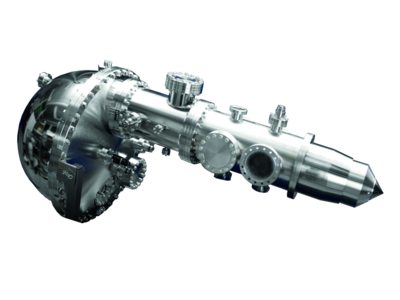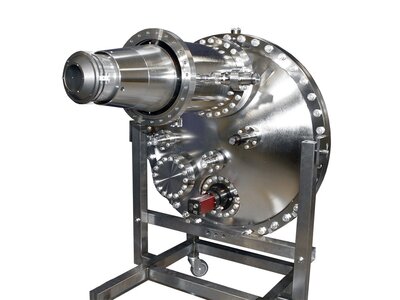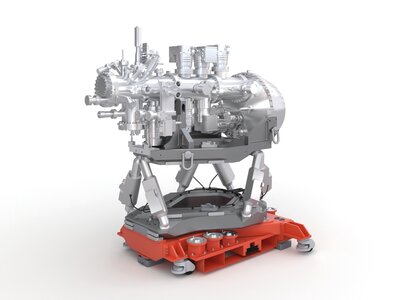Ambient Pressure X-Ray Photoelectron Spectroscopy (APXPS)
In ambient pressure X-ray photoelectron spectroscopy (APXPS) experiments, a sample is kept at gas background pressures of up to several 101 mbar while an X-ray photoelectron spectroscopy (XPS) experiment is performed. Because XPS is sensitive to the chemical nature of a surface, it is possible to observe changes in the surface chemistry as a function of experimental parameters such as gas pressure, surface temperature or time. Special high-pressure electron analyzers are required for these experiments: While the sample has to be exposed to high background pressures in the range of 101 mbar, the electron analyzer has to operate – for the most part – at standard HV or UHV conditions. Typically, this is achieved by modifying the analyzers with additional differential pumping and special apertures. In this way, a strong pressure gradient along the path of the photoelectrons through the analyzer can be achieved.


